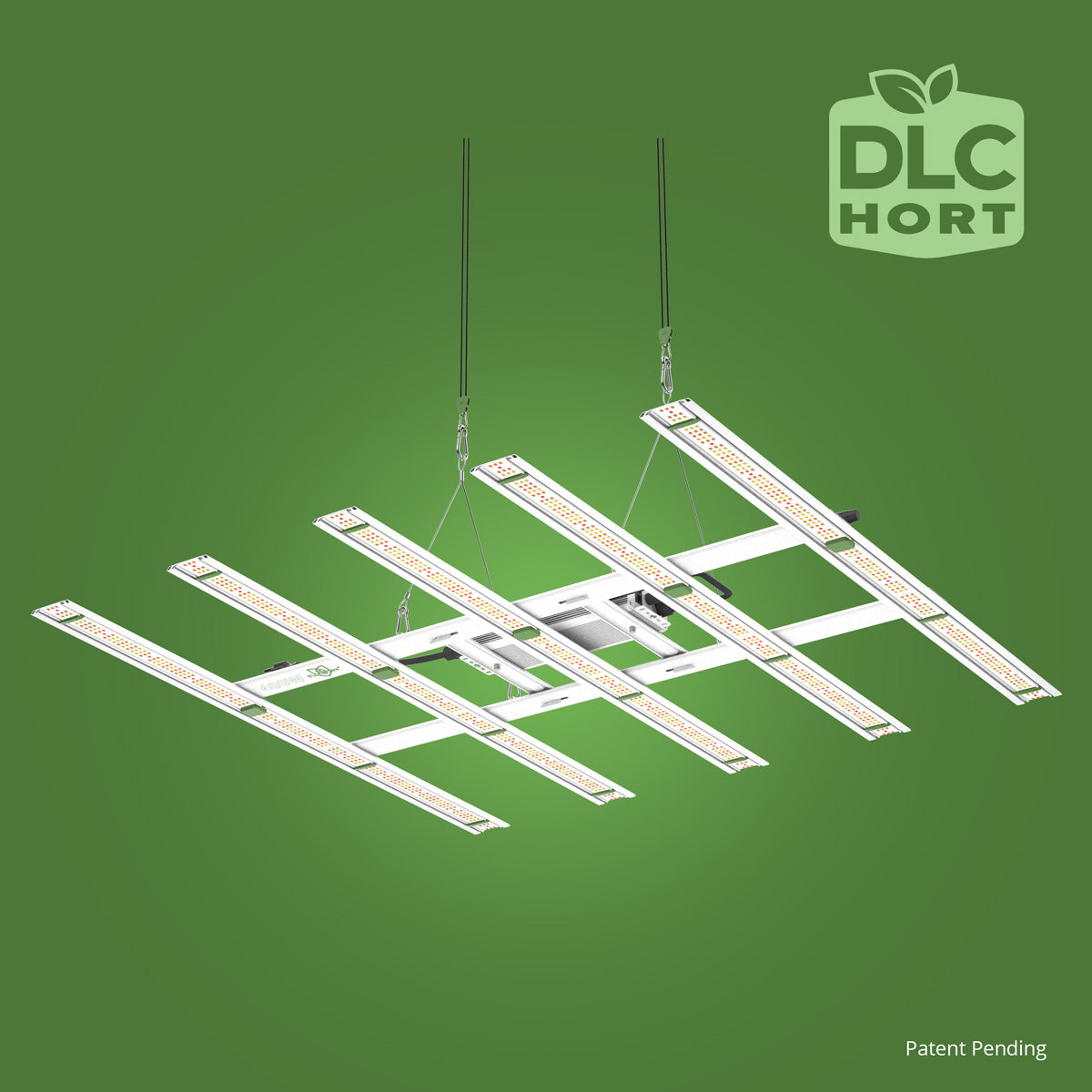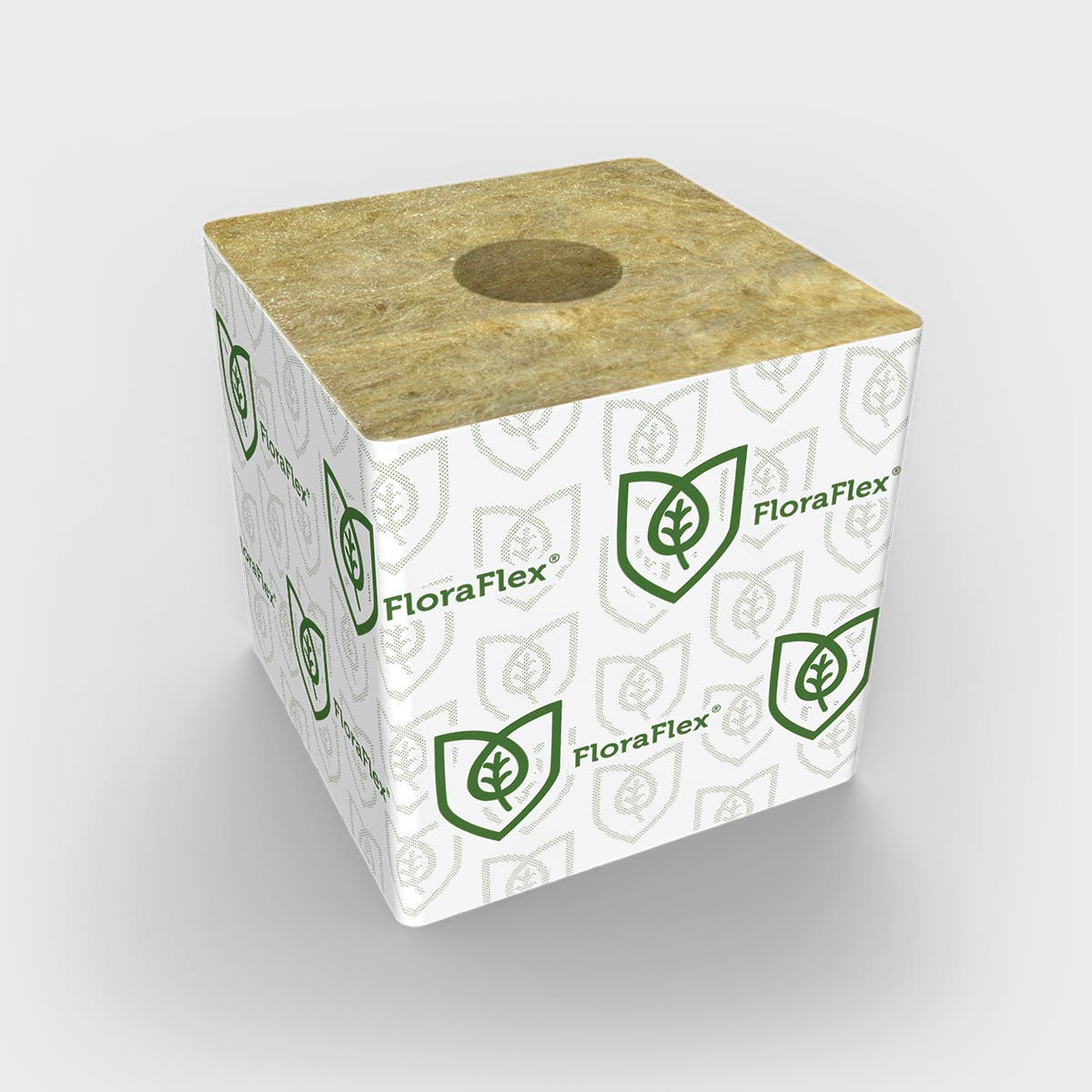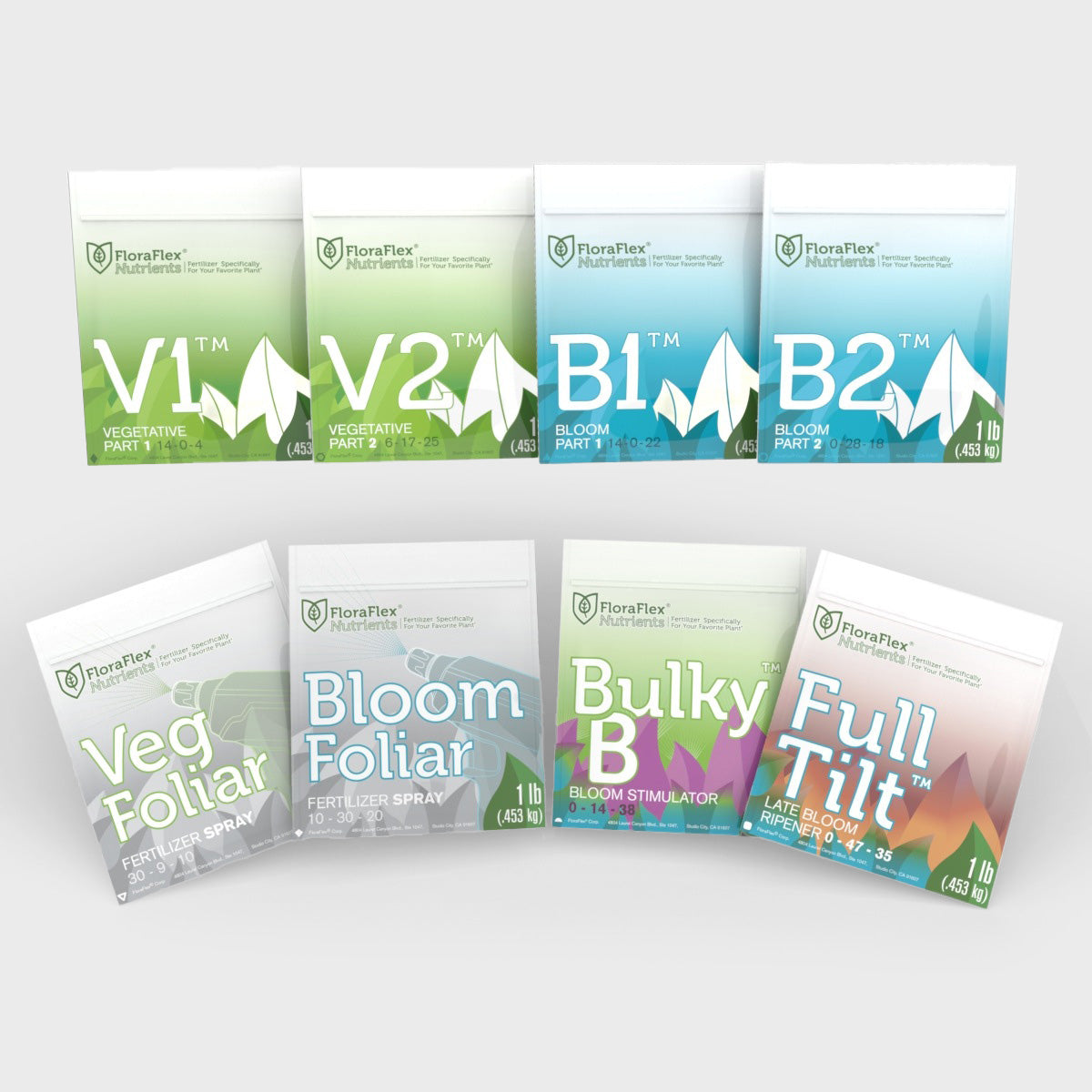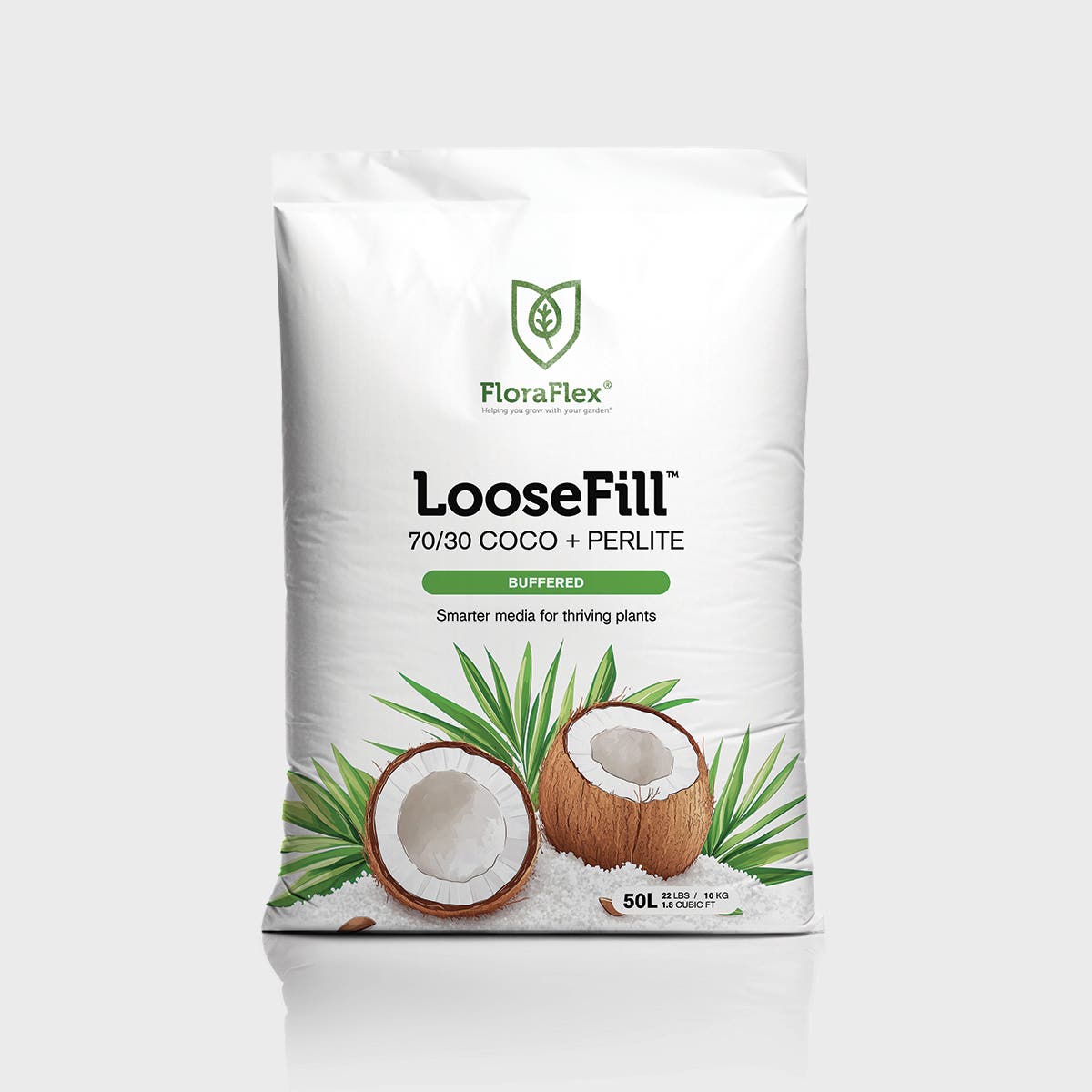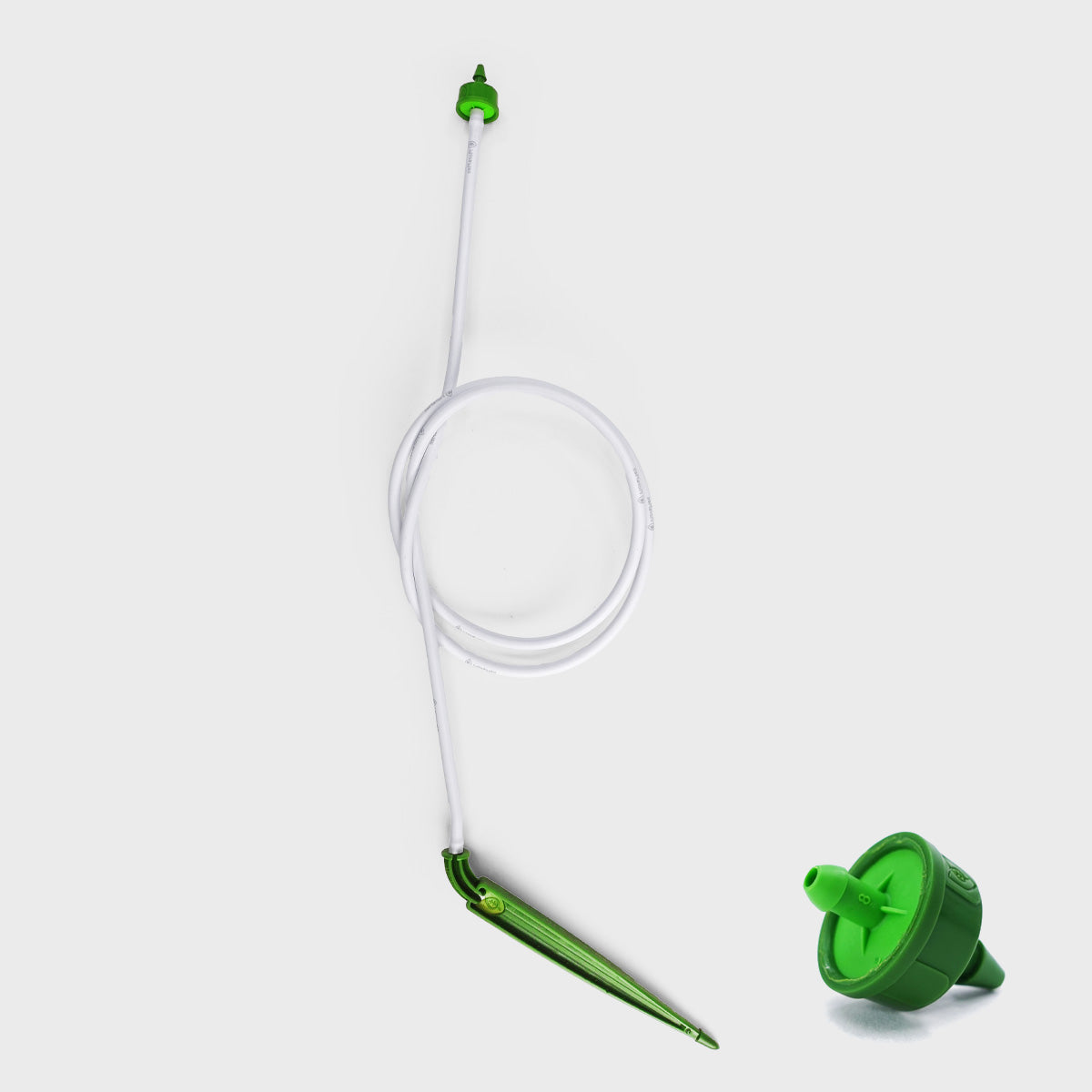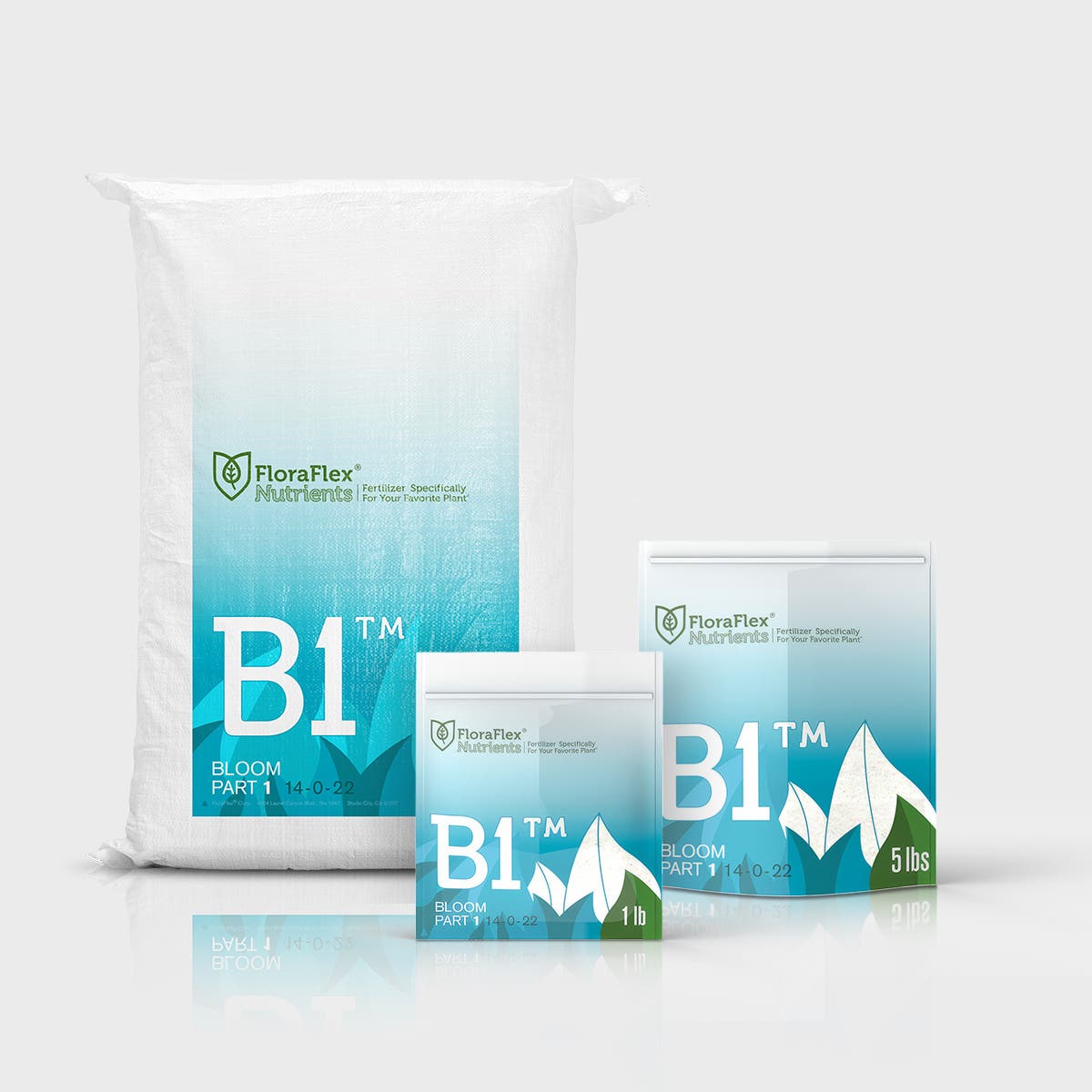In recent years, the cultivation of cannabis has become an increasingly sophisticated and scientific endeavor. Proper nutrient management plays a pivotal role in ensuring the health and productivity of cannabis plants. Whether you're a novice grower or an experienced cultivator, understanding the intricacies of nutrient management can significantly enhance your yield. In this comprehensive guide, we will explore the essential aspects of nutrient management for cannabis and highlight some innovative products that can aid in this process.
Understanding Cannabis Nutrient Needs
Cannabis, like any other plant, requires a balanced diet of nutrients to thrive. These nutrients are categorized into macronutrients and micronutrients. Macronutrients include nitrogen (N), phosphorus (P), and potassium (K), often referred to as N-P-K. These are required in larger quantities. Micronutrients such as calcium, magnesium, iron, manganese, zinc, copper, molybdenum, and boron are essential in smaller amounts but are equally important for the plant's health.
Macronutrients
- Nitrogen (N): Essential for the growth of leaves and stems. It plays a critical role in photosynthesis and general plant vigor.
- Phosphorus (P): Vital for energy transfer and photosynthesis. It supports flower and root development.
- Potassium (K): Aids in water uptake, enzyme activation, and photosynthesis. It strengthens the plant's defense against diseases.
Micronutrients
- Calcium: Strengthens cell walls and supports growth.
- Magnesium: Central component of chlorophyll, necessary for photosynthesis.
- Iron: Essential for chlorophyll production and various enzymatic functions.
Nutrient Management Strategies
Proper nutrient management begins with understanding the life cycle of cannabis and adjusting nutrient inputs accordingly. Here are some key strategies:
1. Germination and Seedling Stage
During the germination and seedling stage, cannabis plants need minimal nutrients. A low N-P-K ratio is recommended. Focus on keeping the soil or growth medium moist but not waterlogged.
2. Vegetative Stage
In this stage, nitrogen is the most crucial nutrient as the plant is focused on growing stems, branches, and leaves. Gradually introduce a balanced nutrient mix with a higher nitrogen content.
3. Flowering Stage
As the plant begins to flower, the focus shifts from nitrogen to phosphorus and potassium, which support flower development and overall plant health. Reduce nitrogen levels and increase phosphorus and potassium.
4. Monitoring pH Levels
Ensuring the pH level of your nutrient solution is within the optimal range (6.0 to 7.0 in soil and 5.5 to 6.5 in hydroponic systems) is critical. Incorrect pH levels can lead to nutrient lockout, where the plant cannot uptake nutrients effectively.
Innovative Products for Nutrient Management
Selecting the right products can significantly enhance your nutrient management efforts. Here are some recommended options that cater to various stages of cannabis growth:
FloraFlex 6" FloraWool (Basalt Derived)
One innovative product that stands out is the FloraFlex 6" FloraWool (Basalt Derived). This basalt rockwool cube offers excellent water retention and aeration properties, making it an ideal medium for both hydroponic and traditional growing systems. Its nutrient delivery system ensures your plants receive a consistent supply of essential nutrients during the crucial stages of growth.
Signs of Nutrient Deficiency and Toxicity
Even with the best nutrient management practices, issues can arise. Here are some signs to watch for:
- Nitrogen Deficiency: Yellowing leaves starting from the bottom.
- Phosphorus Deficiency: Darkening of leaves with a possible reddish-purple tint.
- Potassium Deficiency: Browning and curling of leaf tips and edges.
- Toxicity: Unusually dark green leaves, clawing, or leaf burn.
Corrective Measures
When faced with nutrient deficiencies or toxicities, it's important to act swiftly:
- Flush the System: For toxicity, flushing the growing medium with water can help remove excess nutrients.
- Adjust Nutrients: Modify your nutrient solution to address specific deficiencies or toxicities.
- Monitor pH Levels: Ensure pH levels are within the optimal range to allow proper nutrient uptake.
Conclusion
Nutrient management is a critical component of successful cannabis cultivation. By understanding the specific nutrient needs during each growth stage and utilizing innovative products like the FloraFlex 6" FloraWool, growers can enhance plant health and maximize yield. Remember to monitor your plants regularly and adjust your nutrient strategy as needed to ensure optimal growth. For more information and resources, visit FloraFlex for an array of advanced growing solutions.


